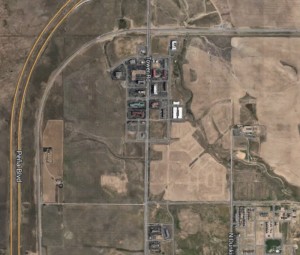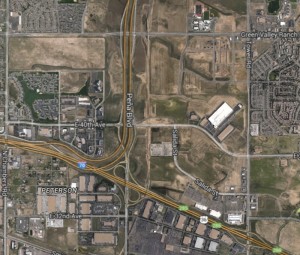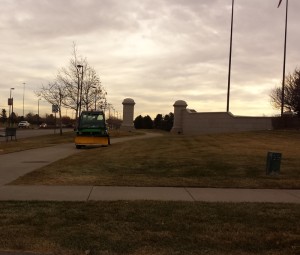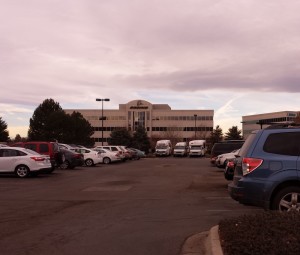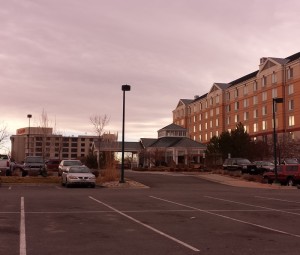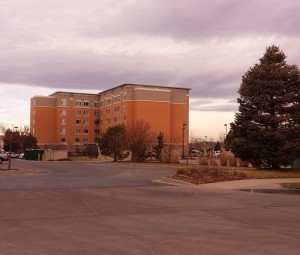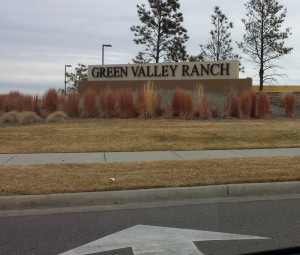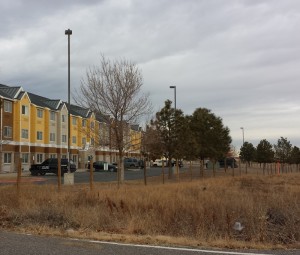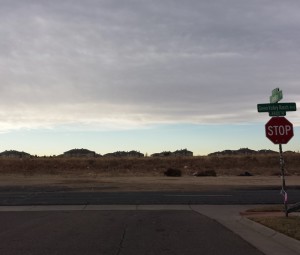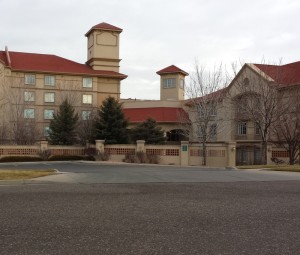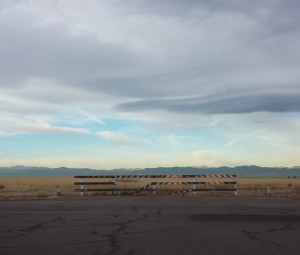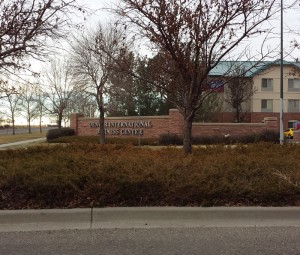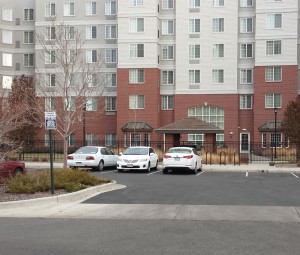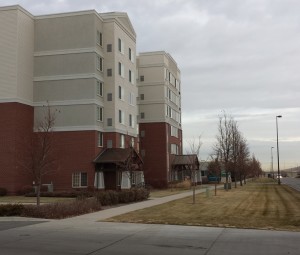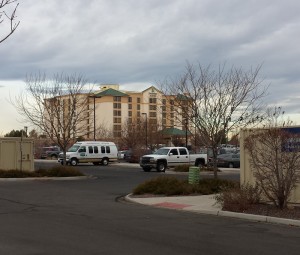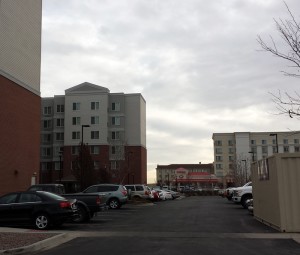Thoughts on Denver’s Airport City
Dec 15, 2014
Last week, we went on the road to participate in the Aerotropolis Americas Conference which was held in Denver, CO. The Denver region has played host to this event in the past, in part because it is viewed as having one of the country’s most fully realized Aerotropolis efforts. Situated on 54 square miles 23 miles northeast of the city center, Denver’s International Airport is in the rare position to be able to build an airport city from scratch. Vast tracts of farmland, access to rail and highway, a major air transportation hub, and a booming regional economy have allowed the Denver Aerotropolis leaders to guide their development and to demonstrate what most airports hope to create – a city with an airport at the center.
Just a few minutes outside of DIA in the middle of nowhere is a cluster of about a dozen hotels and restaurants. Most cities would be thrilled to have a new 200 room, 5 story Aloft hotel built downtown, and out on Tower Road a traveler would find nearly every brand they’re accustomed to, brand new and built on a surprisingly urban scale. Proximity to DIA, highway access, and stunning mountain views make this a very attractive area for hotel operators. Each hotel is built at a higher density and height than you might expect and clearly the local government has implemented some creative zoning to conserve farm land. Sidewalks connect the hotels and restaurants, encouraging travelers to get out of their rental car and breathe the mile high air. Despite the intention to create a “hotel city”, what is striking in the Tower Roar district is the lack of connectivity within the cluster and between each business. Every hotel has an outdoor plaza, but each one is gated and only serves that hotel’s patrons. Each hotel also has its own parking lot, and the sea of asphalt creates a barrier to local restaurants and taverns. Utilities and dumpsters also diminish the area’s appeal as the backside of one hotel faces the front of another. It would seem that the corporate design palette of a hotel brand is not adaptive to creating a true hotel city.
Further down the road, mixed between suburban housing developments and the typical signs of westward expansion, are the office parks of Boeing, Prologis, and other aerotropolis anchors. Much like the Tower Road hotel cluster, it is clear that some tools of conservation zoning are at work in this area. Housing, offices, retail, and restaurants are technically within walking distance of one another. Manufacturing, distribution, and office functions are performed within a small, reasonably dense area surrounded by farm land. The “dirtier” operations like trucking and warehousing are separated from housing, dining, and retail by Pena Blvd. There is clear intentionality and dedication to create an airport business cluster, but despite this an observer could be convinced that they were in Windsor Locks, CT, Owasso, OK, or Plainfield, IN. It could be that architecture ultimately trumps land use, but suburban developments always feels so similar. Was this an airport city or edge city? A suburban office park or an aerotropolis?
Lessons Learned
A true airport city is more than a brand and a land use plan. On the ground, the architecture and character of a business district matters. Whether it’s Denver, Indianapolis, Detroit, Memphis, or Milwaukee, each community has a unique identity and style. As most airport cities are built in the periphery of an urban area, serious efforts should be made to tie in that area’s cultural and architectural heritage in the aerotropolis. A lack of flexibility working with corporate design palettes should be expected, so communities will have to be more flexible themselves in designing multi-brand hotel clusters. If the goal of designing an airport city is to create a defined district that is economically linked to both an airport and the host city, then ideally the aerotropolis would bring together the best of both functions while avoiding the fatigue of travel and urban life. Genuine efforts should be made to create a fun, engaging, and honest place rather than just an orderly transportation district. Denver’s aerotropolis is evolving, and indeed efforts like the Tower Road hotel cluster are a solid first step, so it is exciting to see how that city, and indeed our own, will address these design challenges going forward.

